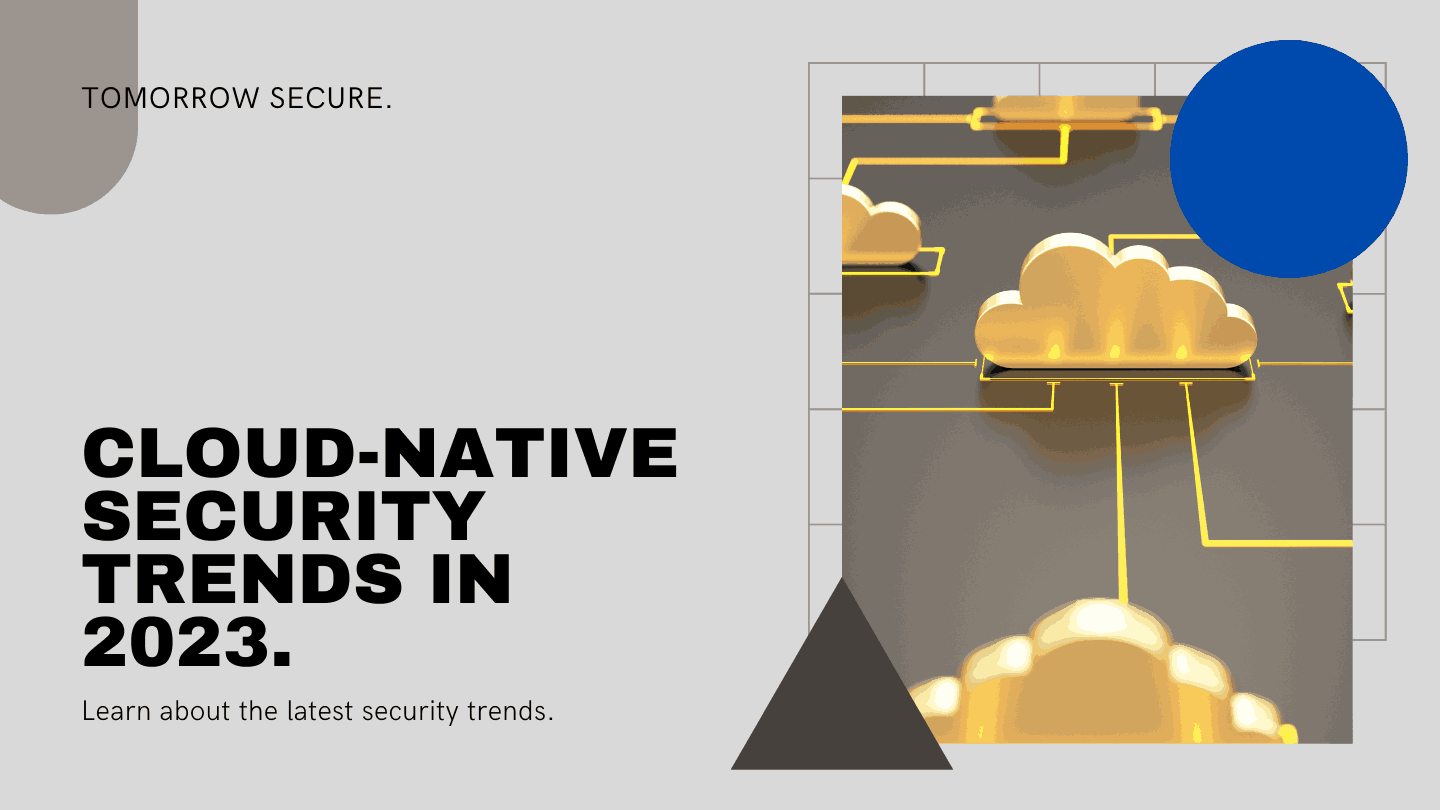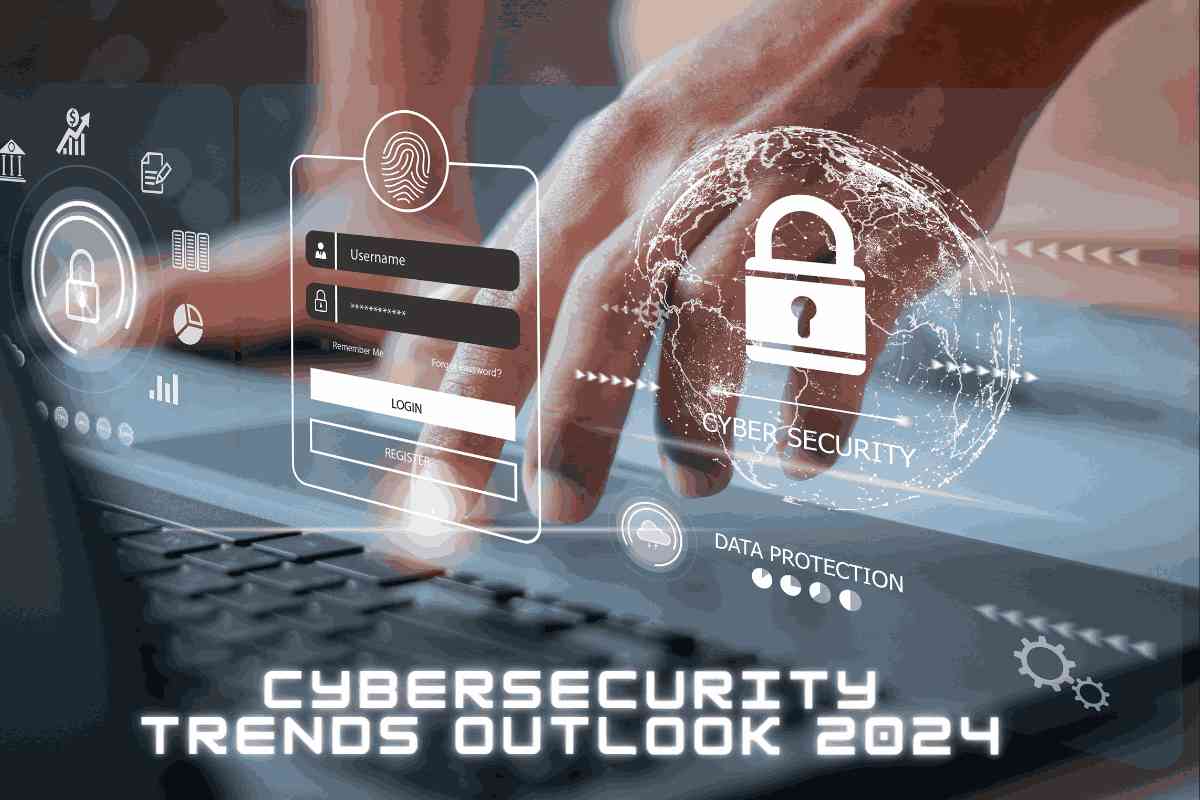Top 10 Essential Practices for Container Security
EaseCloud enhances container security with tools for vulnerability scans, compliance checks, and real-time monitoring. Safeguard your systems today.
In software development, container technology has grown in popularity and revolutionized the development, deployment, and scaling of applications. However, when popularity rises, security becomes more important. Inadequately configured container environments may lead to significant vulnerabilities that could endanger entire systems. Understanding and implementing the shared responsibility paradigm, which assigns security responsibilities to platform providers and users, is essential to a safe container ecosystem.
Essential Principles for Container Security
Use Trusted Base Images
Starting with trusted base images is foundational to container security. Official and certified base images from reliable sources reduce the risk of vulnerabilities. Regularly scan and audit these images to ensure they remain secure. These trusted foundations set a secure path for containerized application development.
Implement the Least Privilege Principle
Refrain from giving containers root-level permissions so they can only perform necessary functions. Implement strict access controls and configure containers to function as non-root users. Tools like Docker and Kubernetes provide namespace options to effectively implement this concept and mitigate the effects of any breaches.
Regularly Scan Images for Vulnerabilities
Integrate vulnerability scanning into CI/CD pipelines to identify and address risks early. Tools like Trivy, Clair, and Aqua Security scan container images for weaknesses, ensuring a secure build process. Consistent scanning prevents vulnerabilities from slipping into production environments.
Manage Secrets Securely
Never hard-code passwords, API keys, or other private information into container images. To handle and access this data securely, use secret management technologies such as Kubernetes Secrets, AWS Secrets Manager, or HashiCorp Vault. This strategy reduces the possibility of exposure and illegal access.
Enable Network Policies
To stop unwanted access, manage and limit connectivity between containers and outside networks. To ensure secure data flow and lessen attack surfaces, create and implement communication rules using tools like Calico or Kubernetes Network Policies.
Monitor and Audit Container Activity
Detecting anomalous behavior in container environments requires real-time monitoring. Tools that shed light on container behavior and performance include Sysdig, ELK Stack, and Prometheus. Constant auditing guarantees prompt detection and elimination of possible risks.
Implement Runtime Security
Protect containers during runtime by monitoring for anomalies and responding to threats in real time. Solutions like Falco and Aqua Security offer runtime security capabilities, enabling proactive threat detection and mitigation.
Keep Containers and Orchestration Platforms Updated
Attackers are particularly interested in outdated platforms and containers. Apply patches and updates regularly to keep your environment safe. Use dependency management tools to automate this process to prevent security flaws and guarantee timely updates.
Conduct Regular Security Audits
Periodic security audits and penetration tests are essential to assess and enhance container security. Tools like kube-bench can evaluate Kubernetes configurations, while other auditing tools can uncover vulnerabilities across the container ecosystem.
Educate and Train Development Teams
Equip development and operations teams with up-to-date security knowledge. Offer workshops, online courses, and periodic briefings on container security best practices. A well-trained team fosters a proactive security culture, reducing the likelihood of breaches.
Impact of EaseCloud on Container Security Practices
EaseCloud empowers teams to strengthen container security with advanced tools tailored for proactive threat detection and mitigation. Our platform integrates seamlessly with container orchestration systems, providing robust vulnerability scanning, automated compliance checks, and real-time monitoring. By leveraging EaseCloud, organizations can ensure their containers remain secure without compromising speed or efficiency, reducing risks while maintaining peak operational performance.
Conclusion
A crucial component of developing contemporary applications is container security. Organizations may protect their containerized environments and uphold strong application security by implementing these ten principles. EaseCloud.io promotes constant enhancement and adjustment to changing threats, emphasizing a proactive approach to container security.
1. Why is container security important?
By preventing hackers from taking advantage of weaknesses, container security protects against network compromise, illegal access, and data breaches. Maintaining security safeguards a company's resources, standing, and ability to continue operations.
2. What are the common vulnerabilities in container environments?
Misconfigurations, out-of-date images, unsafe secret handling, overly high privileges, and insufficient network segmentation are examples of common vulnerabilities. Resolving these problems improves security in general.
3. How can I ensure compliance in containerized applications?
Establishing logging and monitoring systems, encrypting sensitive data, putting strong access controls in place, and adhering to industry rules are all part of compliance. Maintaining conformity to standards is aided by routine audits and compliance tools.
4. What tools are best for container security?
The best tools for vulnerability scanning are Trivy, Clair, and Anchore. Take Sysdig or Falco into consideration for runtime security. Sensitive data security requires the use of secret management technologies like Kubernetes Secrets and HashiCorp Vault.
5. How often should I update my container images?
Container images should be updated regularly, with critical images updated as soon as vulnerabilities are discovered. Automating updates through CI/CD pipelines ensures timely and consistent patching.
EaseCloud simplifies Kubernetes multi-tenancy with robust tools for tenant isolation, resource control, and secure scaling. Streamline operations effortlessly.
EaseCloud streamlines cloud-native application packaging with secure, portable solutions for efficient deployments in any environment.

